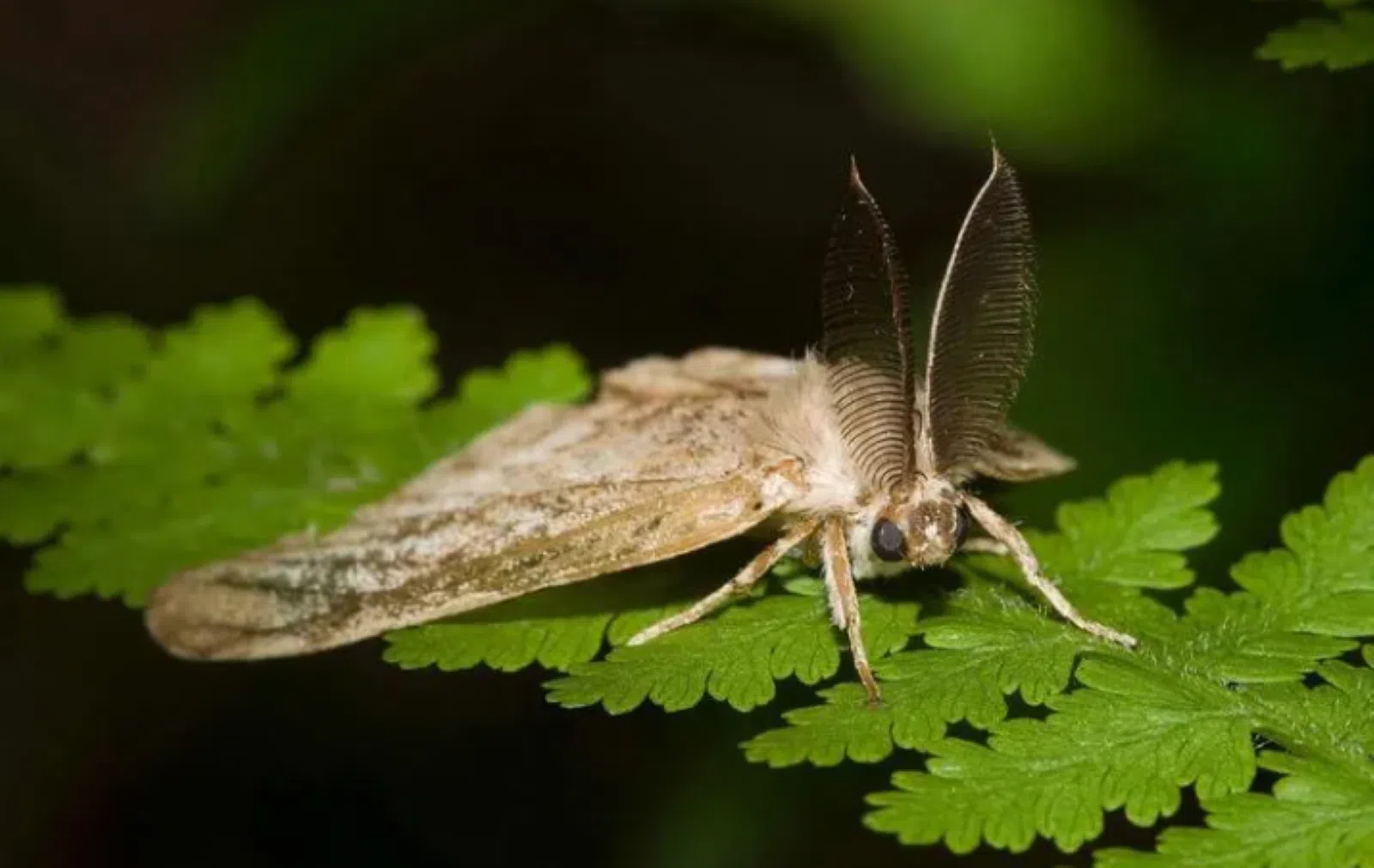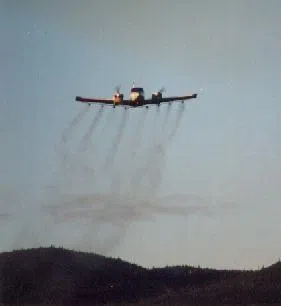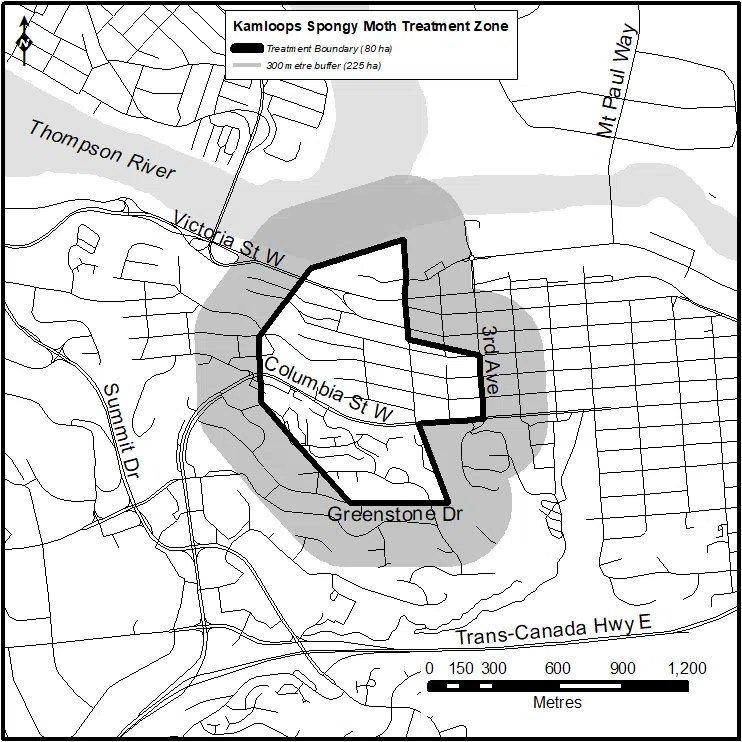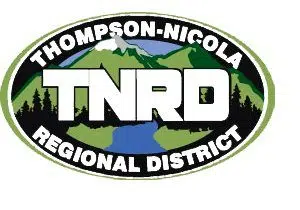
Spongy Moth/via Susan Ellis, bugwood.com
Parts of downtown and lower Sahali in Kamloops are poised to come under aerial assault later this week by the Ministry of Forests.
A twin-engine prop plane will be making drops of an aerosol insecticide known as Btk — tentatively — on May 8th to try to eradicate spongy moths (formerly Gypsy Moths).
The Ministry’s Acting Chief Entomologist, Tim Ebata, says the moths have been identified in the western portions of downtown Kamloops, as well as parts of the lower Sahali area.
He says if they aren’t taken care of, they can do a lot of damage to local trees.
“The insect feeds on about 300 trees and shrubs, many ornamental trees you see in cityscapes, shade trees, as well as a lot of your garden variety trees and shrubs,” noted Ebata. “It’s not a big feeder on conifers, but if forced to, it will feed Douglas Fir.”
He warns this could have a broader impact on the regional economy.
“This insect could be a potential game changer in terms of the ecology of the area,” warned Ebata. “The balance of nature would be affected, as well as effecting the commercial movement of products. There could be restrictions put on some of our forest products and Christmas trees.”
Ebata says the insecticide they’ll be dropping is biological, rather than chemical-based, meaning it’s designed to impact the spongy moth caterpillars specifically.
“All of these ingredients have been reviewed by Health Canada, as well as the Organic Materials Research Institute, which represents the organics industry,” noted Ebata. “It’s basically what we call a biorational insecticide. It only targets caterpillars that have to ingest it. There’s certain triggers that are not found in mammals or other animals — only caterpillars — that force the toxin to affect the caterpillar.”
While not harmful to humans or pets, Ebata does note a small minority of those who have sensitives to airborne materials might want to take some additional precautions, including staying indoors when the spraying is actually taking place.

Aircraft spraying Btk insecticide over an undisclosed area of British Columbia/via Ministry of Forests
“I would say 99% of the population would have no effect,” said Ebata. “But there are a certain segment of our population that are sensitive to airborne aerosols.”
The spraying itself is set for May 8th, and will run for around 2 hours in the morning, starting at sunrise.
“We’ll be using a small, twin-engine, fixed-wing aircraft. It will be flying as low as 100 feet above the tree tops, and doing lines back and forth,” noted Ebata. “It has GPS-controlled spray equipment. It will only spray within the treatment boundaries. It will carry on and then turn around. The footprint of the aircraft is much bigger than the actual treatment.”
However, the Ministry notes the date and hours could change depending on the weather and other factors.
“Aerial spraying has one technical disadvantage — weather limitations,” states the Ministry of Forests on its spongy moth website. “Rain and wind are the most important limitations to aerial application of Btk. Spraying can be done in moderate winds but low-to-no-wind is preferred (treatments are not completed if wind speeds exceed 8 km per hour). A period of two hours without precipitation after spraying is required to allow Btk to stick properly to foliage.”
- Map of Kamloops Spongy Moth treatment area/via Ministry of Forests














